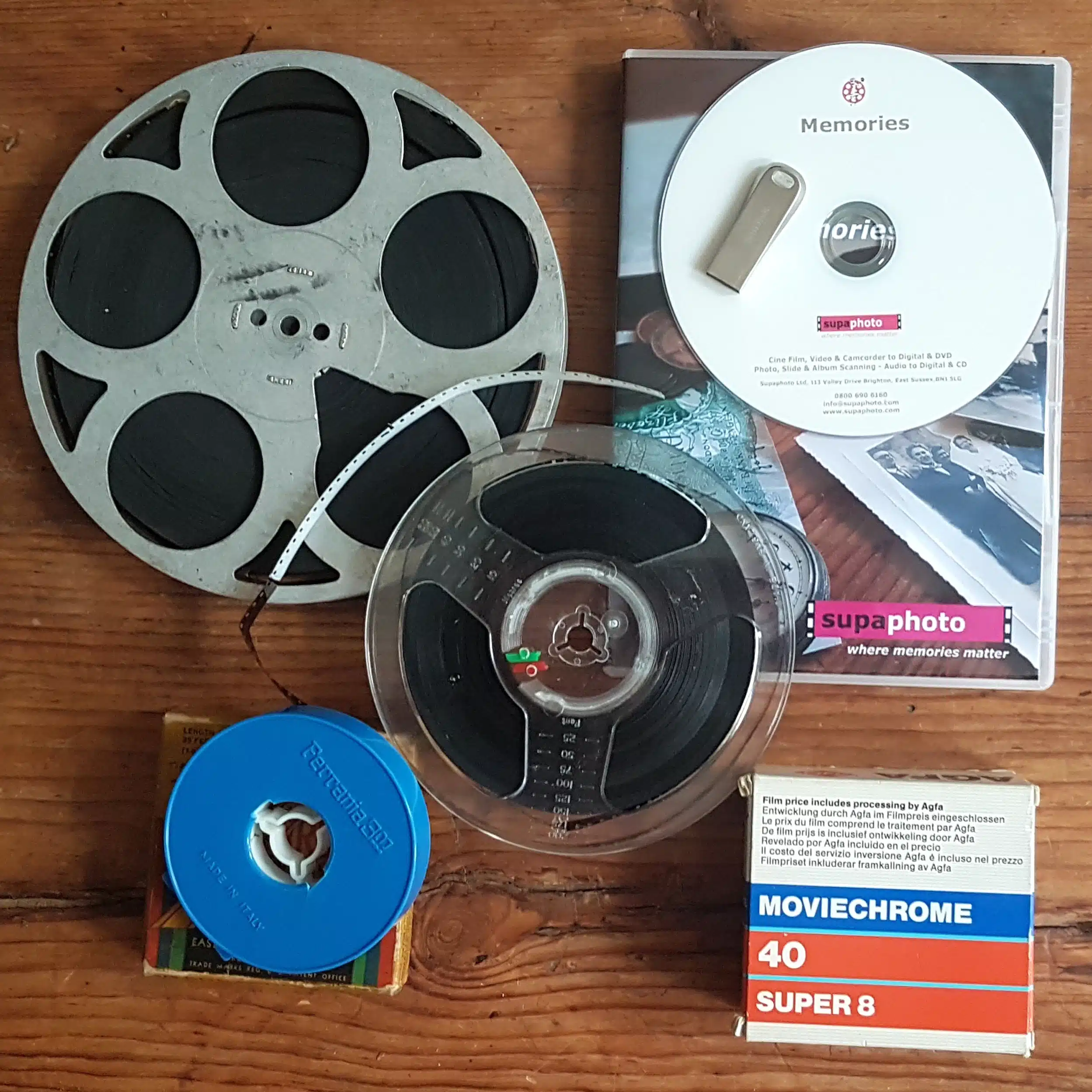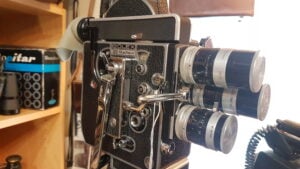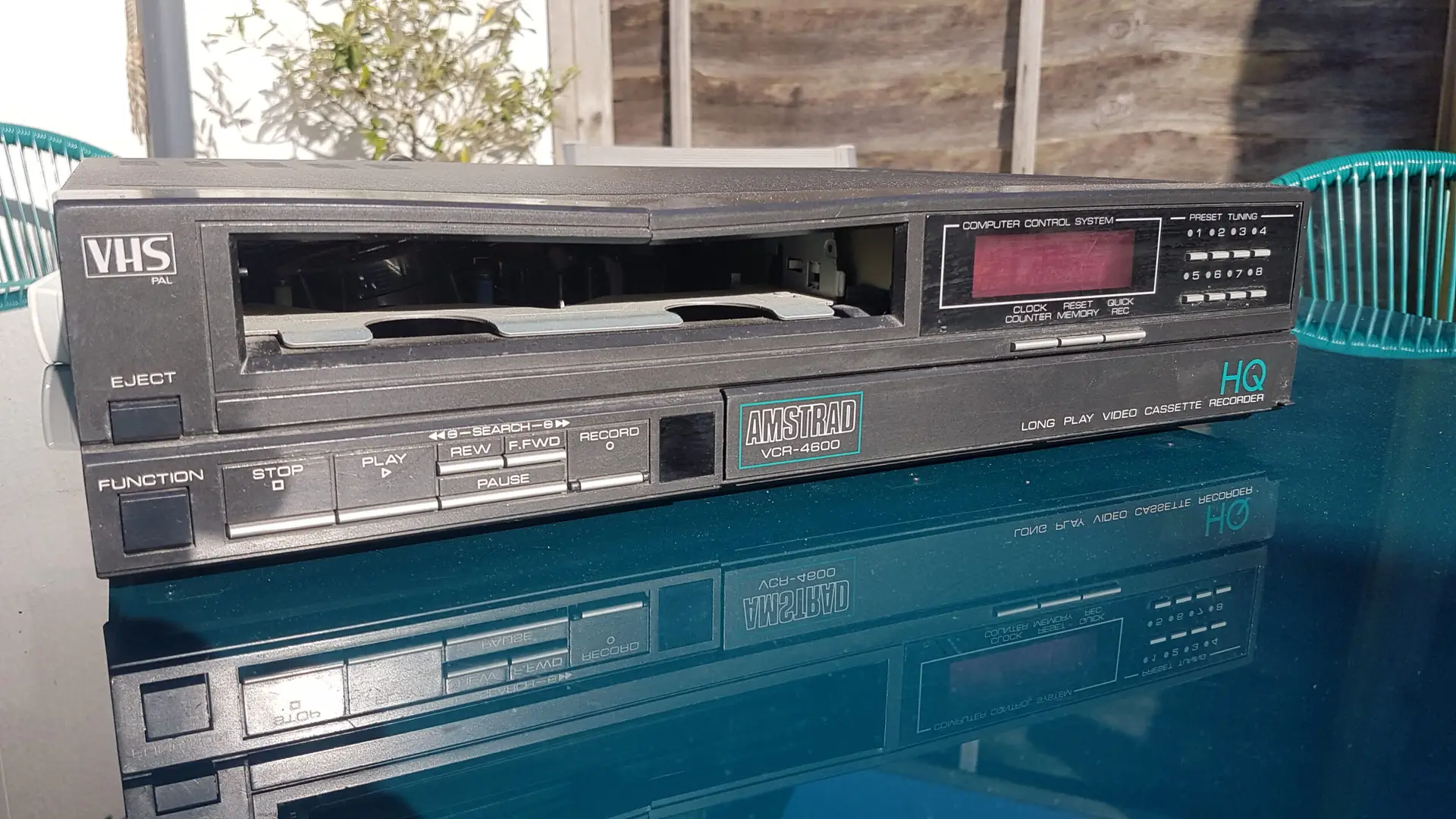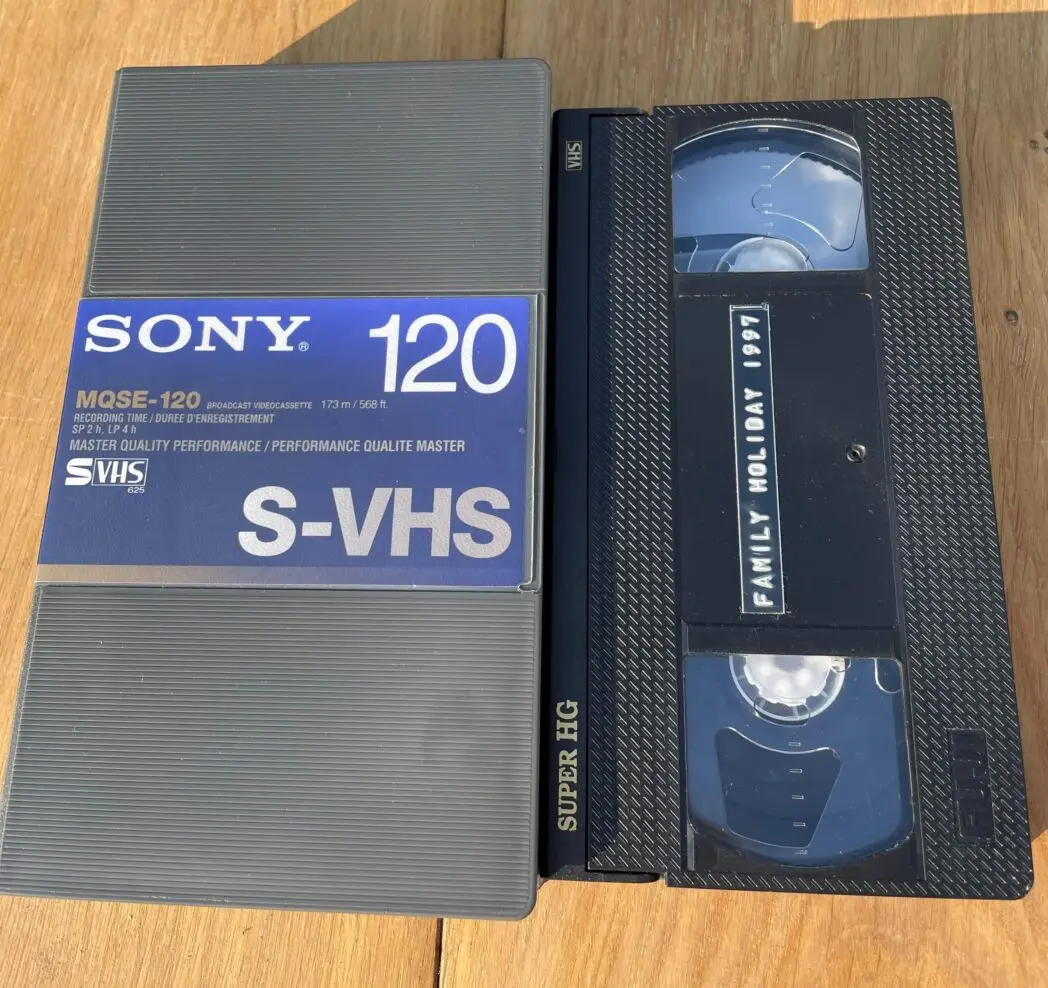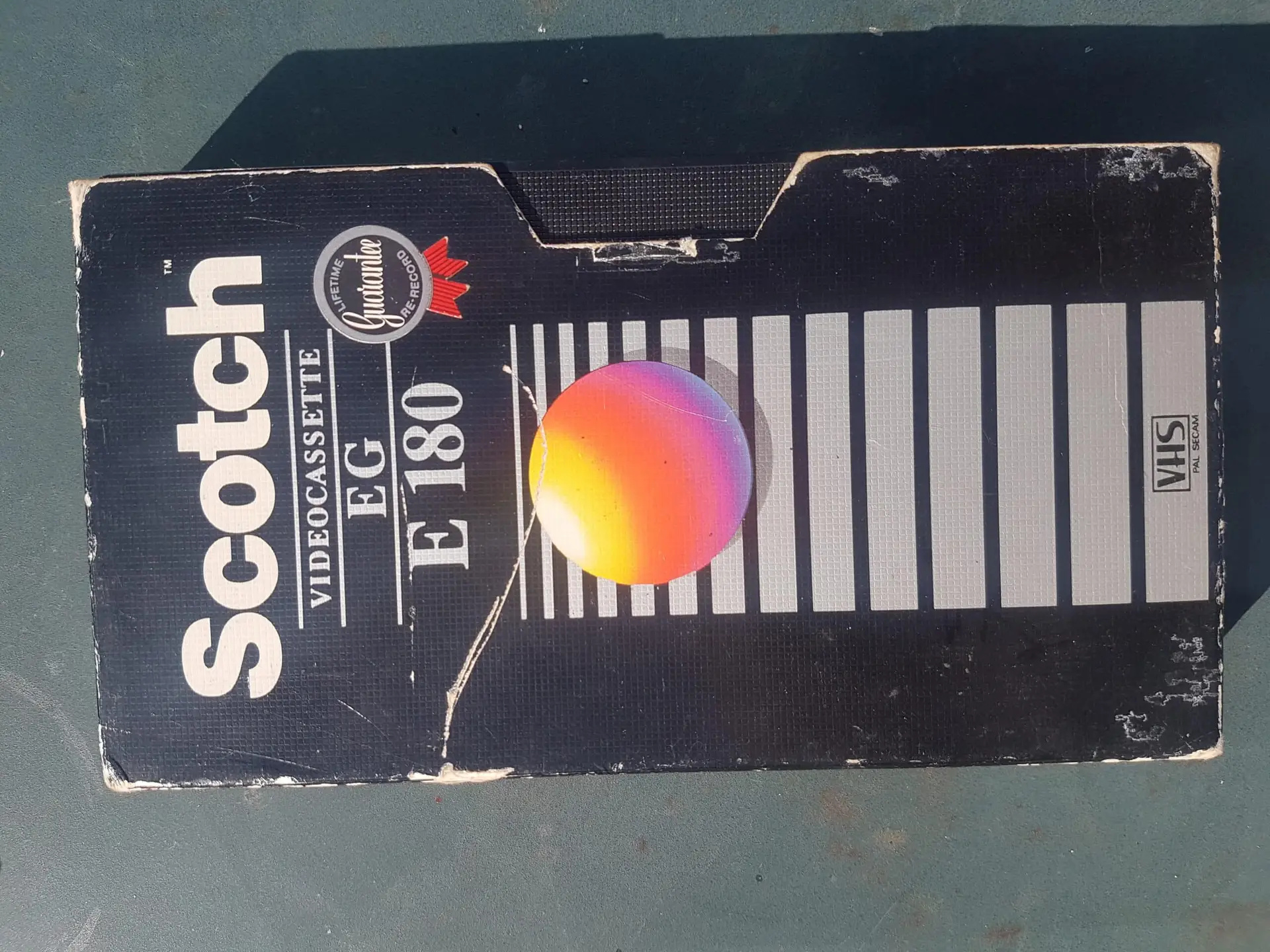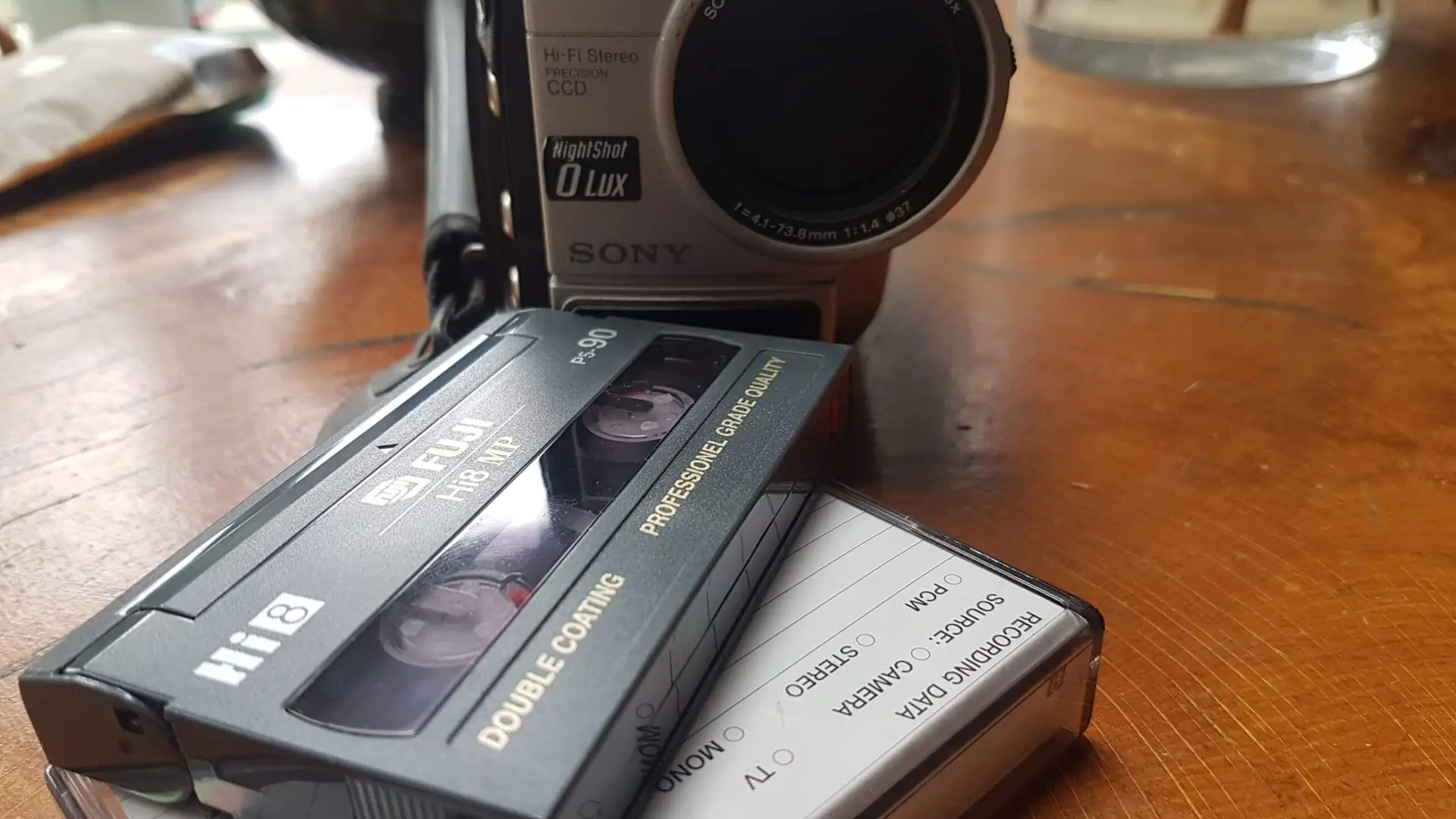The Origin of Film – Explore the history and evolution of cinema, starting from the introduction of the Kinetoscope in 1891 and extending to the contemporary resurgence of 3D technology.
The Origins of Film – When Was Film Invented?
The origins of film and cinematography involves creating the illusion of motion by recording and swiftly projecting a series of static photographic images onto a screen. Initially, a product of 19th-century scientific exploration, cinema has evolved into a powerful medium for mass entertainment and communication, growing into a multi-billion-pound industry today.
Who Contributed to the Birth of Cinemas? – The Origin of Film
Like the origins of film, the invention of cinema cannot be attributed to a single individual. However, in 1891, the Edison Company successfully showcased a prototype of the Kinetoscope, which allowed one viewer at a time to experience moving images.
The first public demonstration of the Kinetoscope occurred in 1893, and by 1894, it had achieved commercial success, with public parlours established globally.
The Lumière brothers in Paris, France, were the first to present projected moving pictures to a paying audience in December 1895. They utilized their own creation, the Cinématographe, which combined a camera, projector, and film printer into a single device.
What Were the Early Films Like?
At the origin of film, films were brief, often lasting only a few minutes. They were exhibited at fairs, music halls, and any location where a screen could be set up and the room darkened. Subjects ranged from local scenes and activities to glimpses of foreign lands, short comedies, and significant current events.
These early films were accompanied by lectures, music, and active audience participation. While they lacked synchronized dialogue, they were not truly ‘silent’ as they are sometimes described.
The Ascent of the Film Industry – Film History
By 1914, several national film industries had taken root. At this point, Europe, Russia, and Scandinavia held dominant positions, with the American industry having a less significant presence. Films grew longer, and narrative storytelling became the dominant form.
As more people paid to watch movies, the industry invested more in production, distribution, and exhibition, leading to the establishment of large studios and dedicated cinemas. The First World War had a substantial impact on the European film industry, while the American industry gained prominence.
The initial three decades of cinema were characterized by industrial growth, the establishment of narrative storytelling, and technological refinement.
Introducing Colour – The History of Cinema
The addition of colour to black-and-white films was achieved through various methods like hand colouring, tinting, toning, and stencilling.
In 1906, the British Kinemacolor process introduced ‘natural colour’ moving images through the principles of colour separation, which were first presented to the public in 1909. Kinemacolor found primary use in documentary or ‘actuality’ films, including the monumental “With Our King and Queen Through India” (also known as “The Delhi Durbar”) in 1912, which had a runtime of over two hours.
The three-colour process of Technicolor made its debut in 1932, allowing for the extensive incorporation of color in films. Filmmakers notably applied this innovation in iconic Hollywood classics like “Gone with the Wind” and “The Wizard of Oz” in 1939, and in the UK with “A Matter of Life and Death” in 1946.
Introducing Colour
The early Technicolor processes, starting from 1915, were unwieldy and costly, with limited adoption until the three-colour process emerged in 1932. This innovation revolutionized cinema by facilitating the use of colour in beloved films.
Adding Sound – Origin of Film
The earliest attempts to synchronize sound with projected pictures utilized phonographic cylinders or discs.
The first feature-length film with synchronized dialogue, “The Jazz Singer” (USA, 1927), employed the Warner Brothers’ Vitaphone system. This method employed separate record discs for sound, one for each film reel. However, this approach had reliability issues and was soon replaced by an optical, variable density soundtrack recorded photographically along the film’s edge, initially developed for newsreels like Movietone.
Cinema’s Golden Age
In the early 1930s, most feature-length films incorporated synchronized sound, and by the mid-1930s, some even featured full colour. The introduction of sound solidified the American film industry’s dominant role and ushered in the ‘Golden Age of Hollywood.’
During the 1930s and 1940s, cinema was the primary form of popular entertainment. Many people visited cinemas twice a week for their dose of film and entertainment. Opulent ‘super’ cinemas or ‘picture palaces’ offering additional amenities like cafes and ballrooms sprang up in towns and cities, some capable of accommodating over 3,000 patrons in a single auditorium.
In 1946, Britain recorded its highest cinema attendance, with over 31 million weekly visits to cinemas.
What is the Aspect Ratio
Thomas Edison initially used perforated 35mm film in the Kinetoscope, and in 1909, it became the global industry standard. This film format featured an aspect ratio of 4:3 or 1.33:1, indicating that for every four centimeters in width, there were three in height.
With the introduction of optical sound, the aspect ratio was adjusted to 1.37:1, known as the ‘Academy ratio,’ officially approved by the Academy of Motion Picture Arts and Sciences (the Oscars organization) in 1932.
Despite numerous experiments with other formats, significant changes in screen ratios did not occur until the 1950s.
Cinema’s Response to Television – Origin of Film
The emergence of television in the United States led to various technical experiments aimed at maintaining public interest in cinema.
In 1952, Cinerama was introduced, using three projectors and an expansive, curved screen, along with multi-track surround sound. This format featured a substantial aspect ratio of 2.59:1, delivering a heightened sense of immersion and gaining significant popularity.
However, Cinerama’s technical complexity and high production costs limited its adoption. Widescreen cinema gained wider acceptance with the development of CinemaScope in 1953 and Todd-AO in 1955, both of which utilized single projectors for presentation.
By the late 1950s, these innovations effectively altered the shape of the history of cinema screens, leading to standard aspect ratios of 2.35:1 or 1.66:1. Stereo sound, previously experimented with in the 1940s, became part of the new widescreen experience.
Specialized large-screen systems using 70mm film were also developed. IMAX was the most successful, boasting over 1,500 screens worldwide as of 2020. While IMAX initially featured specially created 2D or 3D films, it later began digitally remastering popular mainstream films, often adding scenes or 3D effects.
Changes in Cinema Attendance Figures – History of Cinema
Cinemas experienced success competing with television but never regained the dominance once held in the 1930′ and 40s, the origin of film. Over the following three decades, audience numbers dwindled. By 1984, weekly cinema attendance in Britain had fallen to one million.
In the late 2000s, however, this figure tripled. The construction of the first British multiplex in Milton Keynes in 1985 sparked a boom in multiplex cinemas.
Today, most people watch films on television, whether through terrestrial, satellite, or subscription video on demand (SVOD) services. Streaming film content on computers, tablets, and mobile phones is becoming increasingly popular. This aligns with the convenience of modern audiences and lifestyles.
While the American film industry may seem the most influential, it operates within a complex global context. Many films are now produced internationally, either in multiple countries or financed by multinational corporations with interests across various media.
What lies Ahead? – History of Cinema
Compared to the origin of film, the past two decades have witnessed a significant transformation in film production. This is due to rapid advancements in digital technology. Most mainstream productions now use digital formats for shooting, followed by processes like editing and special effects performed on computers.
Cinemas have invested in digital projection abilities that rival the clarity, detail, and brightness of traditional film projection. Only a few specialised cinemas have retained film projection equipment.
In recent years, there has been a resurgence of interest in 3D films, facilitated by advancements in digital technology. Whether this resurgence will have long-term staying power remains to be seen, as earlier attempts at 3D were short-lived. However, the current trend toward 3D production shows greater investment and industry commitment than in previous attempts.


